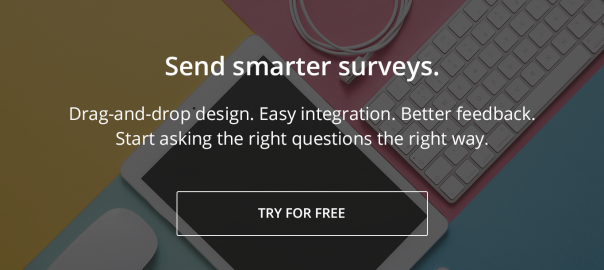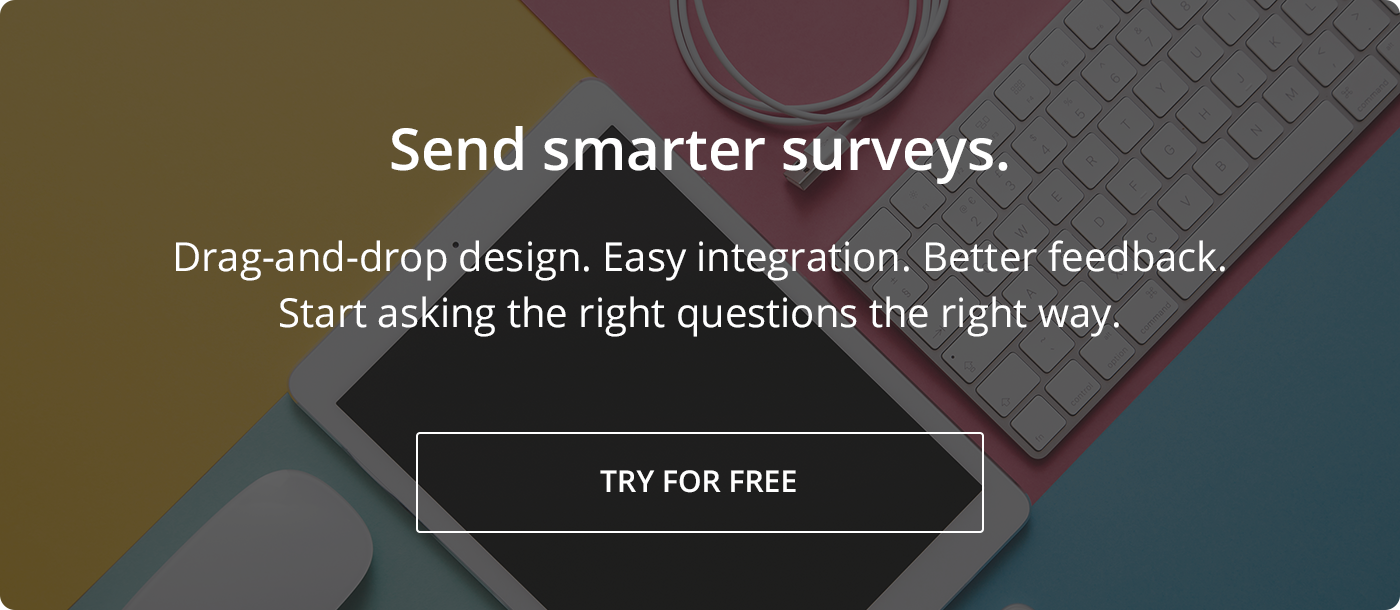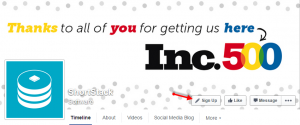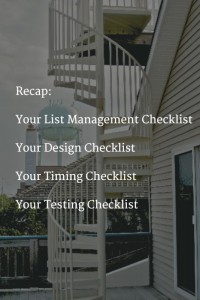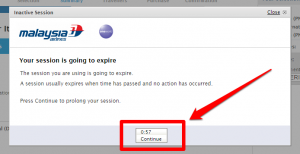— March 1, 2018
When you’re trying to choose the right survey software, you have a wide range of factors to consider. Each software provider has its own page of features, benefits and a unique sets of pros and cons to review. Your eyes begin to glaze over, and decision fatigue sets in. You begin to think: “Will I ever be able to make the right choice?” With so many options available, it can be overwhelming.
The thing is, you need to make the right decision. Your survey software is a critical part of your customer experience program and customer success efforts. To choose the right survey software, you need to do some preliminary legwork before putting together a shortlist of viable options.
We’re here to help.
Step 1) Define your needs
Smart comparison shopping begins with a solid understanding of why you’re surveying customers. Here’s what you need to define at the start of your search:
- Address customer needs and expectations. Think about your customers’ preferences and study the data you already have. Do they prefer email for communication? Are they largely visiting your site from a mobile device? Piece together a profile that outlines commonalities and how they interact with your existing materials.
- Think about the experience. Put yourself in your customer’s shoes and ask yourself what they’d look for in a survey experience . Are visuals going to be important? Is a mobile-friendly format helpful? If you were receiving a survey from a brand you love, what boxes would need to be checked in regard to a positive experience?
- Collect the right internal feedback. When it comes to survey software, you’ll want team members who will be interacting with the material regularly in on the process (think sales, customer service, etc.). Get feedback on what kind of information they need most, and then see which tools cover those bases in the next step.
- What’s missing? If you already have a survey software but are looking for a new tool, outline what’s missing or needs to be addressed by the new tool. Rethink your approach and get specific about gaps in the current experience.
From here, ask yourself (and your team) a few key questions about your current feedback gathering activities that will help inform your decision-making process:
- What can’t we accomplish right now with our current tool/strategy that needs addressed?
- How will the switch improve our overall customer experience efforts?
- Is there anything from our existing approach that we can carry over to our new one?
With this preliminary information, you can sketch out a picture of the survey experience you want to deliver. The tool you choose should be the closest match to what you’ve outlined here.
Step 2) Make your shortlist
Next, go a step further and list out the must-have features you’re looking for in survey software, as well as some “nice-to-haves.” Sort these into two categories and prioritize based on which are the most important to your business.
Defining your essential survey software features
Here’s how you distinguish your must-have from nice-to-have features:
- Essential features: If the survey software doesn’t do ______, we can’t improve our customer experience to the level we’re striving for.
- Non-essential features: If the survey software does _______, we can potentially use it for customer experience improvements.
These lists can be short, so there’s no need to get too detailed here. Stick the the essential priorities. Too many features doesn’t always mean better outcomes–it can sometimes just mean a more complicated process that frustrates both back-end users and your customers.
Things to consider with survey software features:
- Does it integrate with our other key tools?
- Do we have the ability to quickly train team members on how to use it?
- Does it have mobile-optimized capabilities?
- Can personalization be worked in?
- Can you whitelabel and customize for a seamless brand representation?
- What level of reporting is included?
Step 3) Test your shortlist
Now, start testing different survey softwares to see which one your team likes best. Bring in members of the teams that need survey data, such as:
- Customer service
- Customer success
- Customer experience
- Sales
- Marketing
Have the group evaluate one tool at a time together, and make detailed notes of your findings and comments. By combining this group’s expertise and backgrounds, you’ll get a well-rounded look at the viability of the different tools you’re evaluating.
Keep in mind that this testing phase isn’t exactly like the real day-to-day application you’ll be using it in. If problems occur at a small scale, they’ll likely be compounded at a higher volume.
Step 4) Evaluate experience improvements
Lastly, think about the shortlist you’ve tested and how it complements your customer experience (CX) efforts.
- Does it have the right level of reporting? When it comes to CX, you need in-depth customer insights to make informed business decisions. You should also consider whether or not it allows you to integrate data with other tools, like your CRM.
- Is it intuitive? If you have to connect the dots for the survey tool you use, you could be creating more work for yourself. Look for a tool that automatically generates alerts and leverages automations for simpler processes.
- What do your customers think? If you can, conduct a test with a small focus group of your customers to get their thoughts. This can help you spot any red flags your internal team may have overlooked.
Take the time to sit down with your team and hash out all the pros and cons. Do not rush the decision, as this choice can make a big impact on your business.
Wrap up
Overall, moving to a new survey software can be a big investment and a turning point for your company. With the right steps and careful consideration, you can be sure that the money spent on switching to a new survey software was a wise investment.
Business & Finance Articles on Business 2 Community
(53)
Report Post